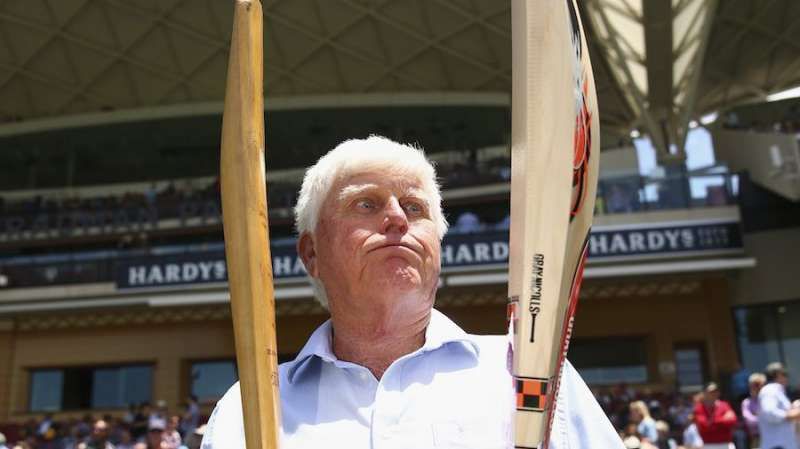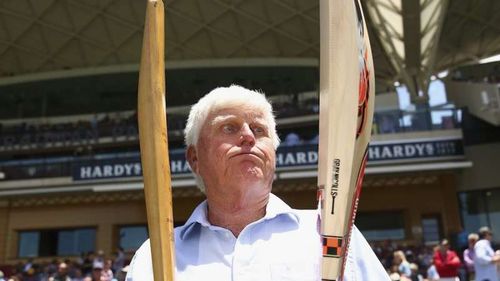
Bat dimensions changed, run-out and send-off laws renewed by ICC
What’s the story?
The International Cricket Council (ICC) has recommended a host of changes to cricket laws as we see them, including revisions to bat dimensions, run-outs, and a newly-entailed send-off law to curb misconduct on the field. These changes were proposed during the annual ICC meetings held in May.
The new recommendations mandate that the dimensions of the bat would be as follows. The thickness of the bat would be limited to 67 mm, which includes an allowance of 60 mm for depth and an additional 7 mm for a possible curve on the face of the bat. The edge of the blade has been limited to 40 mm.
The run-out law has also been tweaked in order to allow a batsman to make his ground even if his bat accidentally bounces off the surface after being grounded behind the crease.
This means that the batsman cannot be given out if he has grounded the bat behind the crease before the bails are removed from the groove, but at the time the stumps are disturbed his bat bounces off the turf.
The umpires would now also be empowered to send a batsman off the ground in case of serious misconduct or brash behaviour. This has been done considering the increased number of cases of players being obnoxiously rude or demeaning in their attitude on the field.
“We have adopted the majority of the new Laws of the game introduced by the MCC including the size of bats and this will help the balance between bat and ball,” said Anil Kumble, the chairman of the global body’s cricket committee.
In case you didn’t know...
The ICC had approved a slew of changes during its meetings in May, which were more in the news because of the imbroglio over the new constitution between the world body and the BCCI.
The stand-off was centred around the Indian board’s reduced share in the central revenue pool as opposed to what it got under the previous ‘big three’ model.
The Details
The bat dimensions have been regulated to strike a balance between the bat and the ball, especially considering the overflowing amount of boundaries being hit in modern day cricket.
In addition to the modern-day cricketer quintessentially being a power-hitter, the exceptionally thick bats with burgeoning edges have shifted the balance towards the batsmen big time and even the outside edges now have the whip to take the ball past the fence.
Similarly, there have been calls to change the run-out as it exists, as in the popular opinion, it is believed that once the batsman has made his ground, the bat bouncing off the surface owing to a rough turf or the batsman losing balance must not deem a batsman out.
Another contentious issue for a long time has been the on-field banter crossing all limits and taking the form of brutal and sometimes ugly sledging.
Additionally, contempt towards an umpire’s decision and the expression of frustration on the field, which is not becoming of a professional cricketer, also needs to be checked.
What’s next?
These changes would now have to be approved by the ICC’s Chief Executives’ Committee and if these changes are brought into effect, the new playing conditions would prevail from October 1.
Author’s take
While the issue of a batter’s bat bouncing off the surface after grounding has been addressed, there hasn’t been clarity on what would the decision be if the bat crosses the crease but remains in the air at the time the bails are dislodged.
A case in point being the dismissal of Rohit Sharma in India’s Champions Trophy opener against Pakistan at Edgbaston. The batsman’s bat had crossed the popping crease but was in the air when the Pakistan keeper Sarfraz Ahmed removed the bails.
The batsman was adjudged out, but it brought to the fore the case of dragging the bat around its side, and not the face, that sometimes makes the face of the bat lift off the surface despite it being safely behind the crease.
If these changes come into effect on October 1, Rohit would still be given out under such circumstances as his bat was never grounded behind the crease but was in the air, despite a portion of it having crossed the white line.
